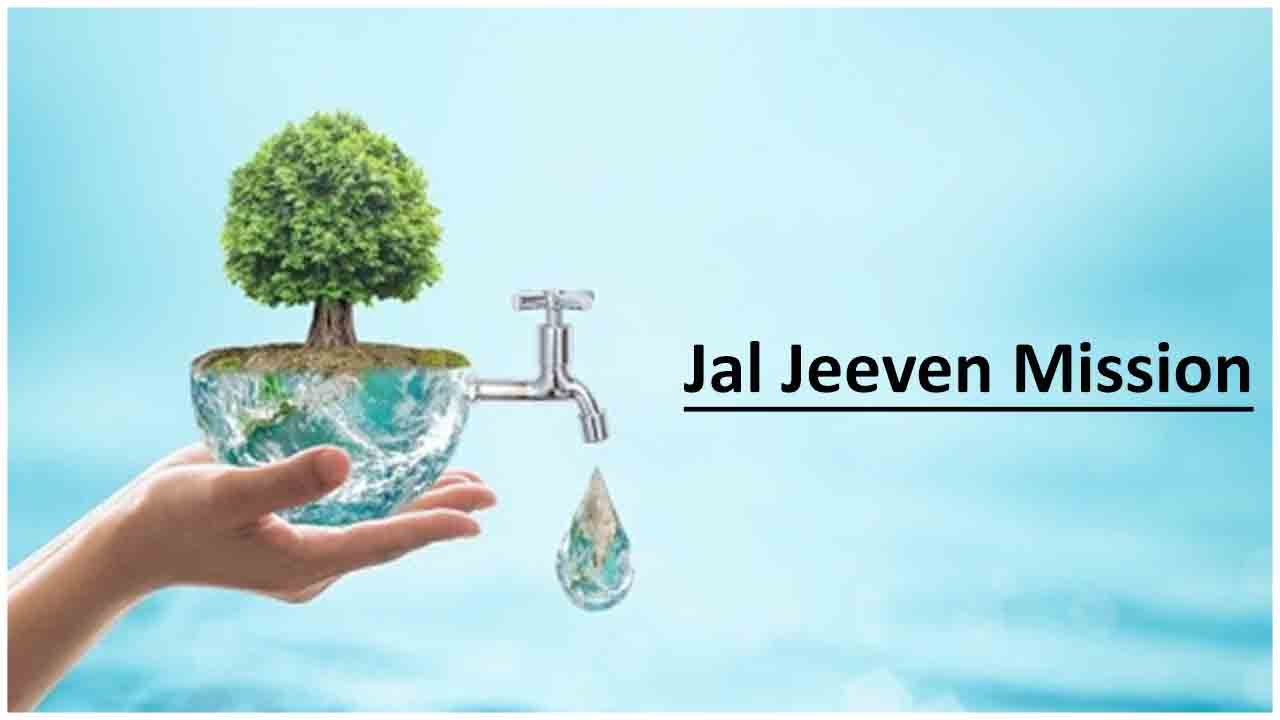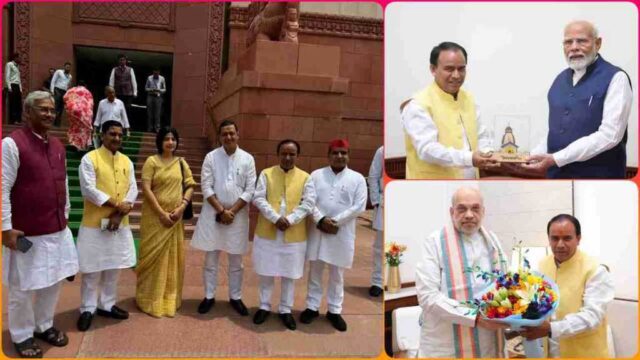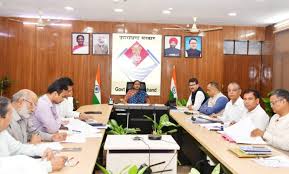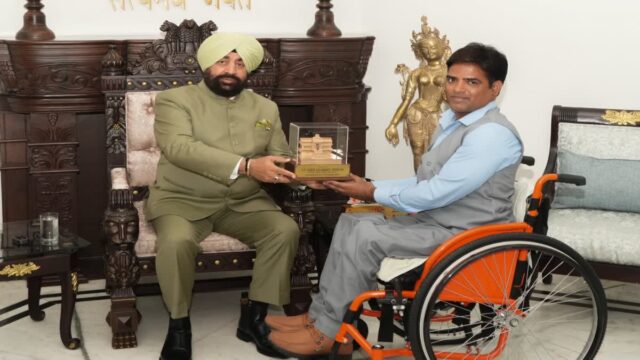Government releases Rs. 5,968 Crore Central grant to 15 States under Jal Jeevan Mission for financial year 2021-22

Government of India has released Rs. 5,968 Crore to 15 States for the implementation of Jal Jeevan Mission in the financial year 2021-22. This is the first tranche of the four to be released in this financial year. Other 17 States/ UTs have been asked to send their proposals to National Jal Jeevan Mission for release of funds.
Out of the Central fund allocated under Jal Jeevan Mission, 93% of the fund is to be utilized on developing water supply infrastructure, 5% on support activities and 2% on water quality monitoring & surveillance activities. The Central funds are released by Government of India based on the output in terms of tap water connections provided in the States/ UTs and the utilization of available Central and matching State share.
The States have to transfer Central fund released along with matching State share to the single Nodal Account within 15-days of release of Central fund. The States have to make provision for matching State share and ensure that there is no shortage of funds to the implementing agencies, proper expenditure plan prepared so that expenditure is evenly spread throughout the year.
As top priority being accorded by the Government, the budgetary allocation of Jal Jeevan Mission has increased significantly to Rs. 50,011 Crore in 2021-22. In addition to this, 15th Finance Commission tied-grants of Rs. 26,940 Crore will also be available to PRIs for ‘water and sanitation’ services. In addition, fund is also available through matching State share and externally aided projects. Thus, in 2021-22, more than Rs. 1 lakh Crore is planned to be invested in the country on ensuring tap water supply to rural homes. It is expected that this kind of investment is likely to continue over the next three years to achieve the goal of ‘Har Ghar Jal’.
This enhanced budgetary allocation will have huge impact on rural economy in terms of employment generation both skilled and unskilled required for creation as well as operation and maintenance of drinking water supply infrastructure, grey water treatment & its reuse. It will boost massive infrastructure creation activities leading to productive assets in the villages. Increase in demand for motors, faucets, taps, pipes, etc. under JJM will give huge push to manufacturing sector as work commences in all remaining villages. To develop and maintain in-village water supply systems, skilling of village people to prepare a cadre of masons, plumbers, pump operators, etc. taken up for providing huge employment opportunities.
Announced by Prime Minister Shri Narendra Modi on 15th August, 2019, with the aim to provide assured tap water supply to every rural home by 2024, Jal Jeevan Mission is being implemented in partnership with States/ UTs. Despite challenges faced due to COVID19 pandemic and subsequent lockdowns, over 4.17 Crore (21.76 %) households have been provided with tap water supply. Now, 7.41 Crore (38.62 %) rural households are getting potable water through taps. Goa, Telangana, Andaman & Nicobar Islands and Puducherry have become ‘Har Ghar Jal’ State/ UT. Further, following the principle of equity and inclusiveness i.e. ‘no one in the village is left out’, under Jal Jeevan Mission assured tap water supply made to every rural family living in 61 districts and over 89 thousand villages. States/ UTs are now competing with each other and focusing on the target to ensure that every household in the country gets safe drinking water, so that ‘no one in the village is left out’.
After announcement of Union Budget for 2021-22, Union Minister of Jal Shakti chaired a conference of Ministers in-charge of Rural Water Supply/ PHED of all States/ UTs to discuss the planning and implementation of Jal Jeevan Mission. The financial year 2021-22 began with a rigorous joint review exercise to finalize the Annual Action Plans (AAPs) starting from 9th April. This third year is very critical for JJM requiring intensive planning, assessing capacity of States/ UTs to execute the works based on last two year’s progress, institutional preparedness, etc.
While implementing, States/ UTs are to prioritize water quality-affected areas, villages in drought prone and desert areas, Scheduled Caste/ Scheduled Tribe majority villages, Aspirational & JE-AES affected districts and Sansad Adarsh Gram Yojana villages to provide all households with tap water connection in an expeditious manner.
Apart from awareness, communication and capacity building, the support activities include empowering Village Water & Sanitation Committees (VWSCs)/ Pani Samitis, preparation and approval of Village Action Plans (VAPs). The States/ UTs are also to implement intense training and skilling programmes for local community members as masons, plumbers, electricians, motor mechanics, fitter, pump operators, etc.
Water Quality Monitoring & Surveillance (WQMS) activities are given priority viz. setting up of laboratories, its accreditation/ upgradation, provide training/ capacity building, carry out IEC activities, five persons especially women from each village to be trained to conduct water quality tests using Field Test Kits at village level, schools and anganwadi centres.
To bring in transparency and make information available to citizen, NJJM has developed JJM dashboard wherein the online progress of implementation and status of tap water supply is available in public domain. The JJM dashboard not only provides detailed information of the country but one can see the status of implementation and progress at State/ UT level, district level and village level.
The JJM dashboard also shows the ‘sensor-based IoT pilot project going on different villages which shows the status of daily water supply in terms of quantity, quality and regularity. In these pilots one can see the quality of water and per capita supply on daily basis. This dashboard can be accessed at: https://ejalshakti.gov.in/jjmreport/JJMIndia.aspx.




